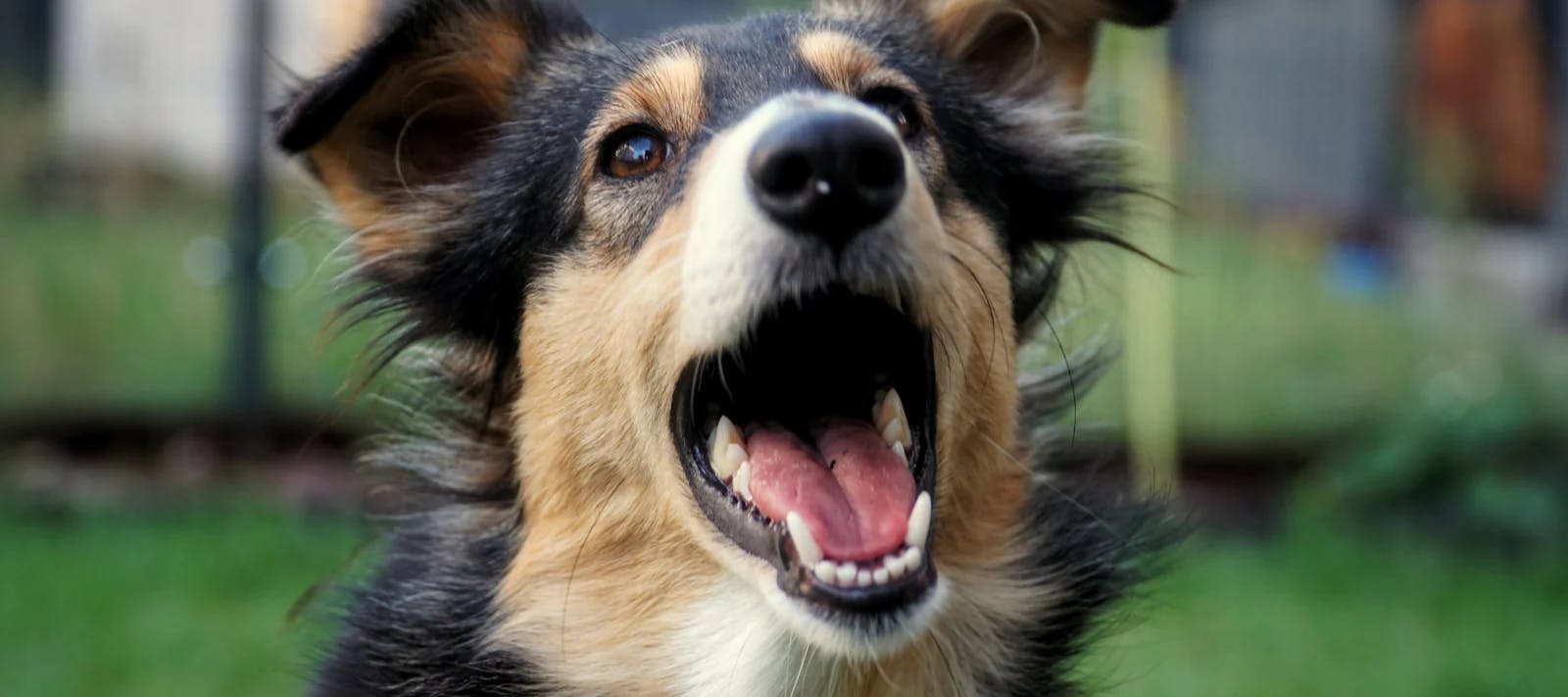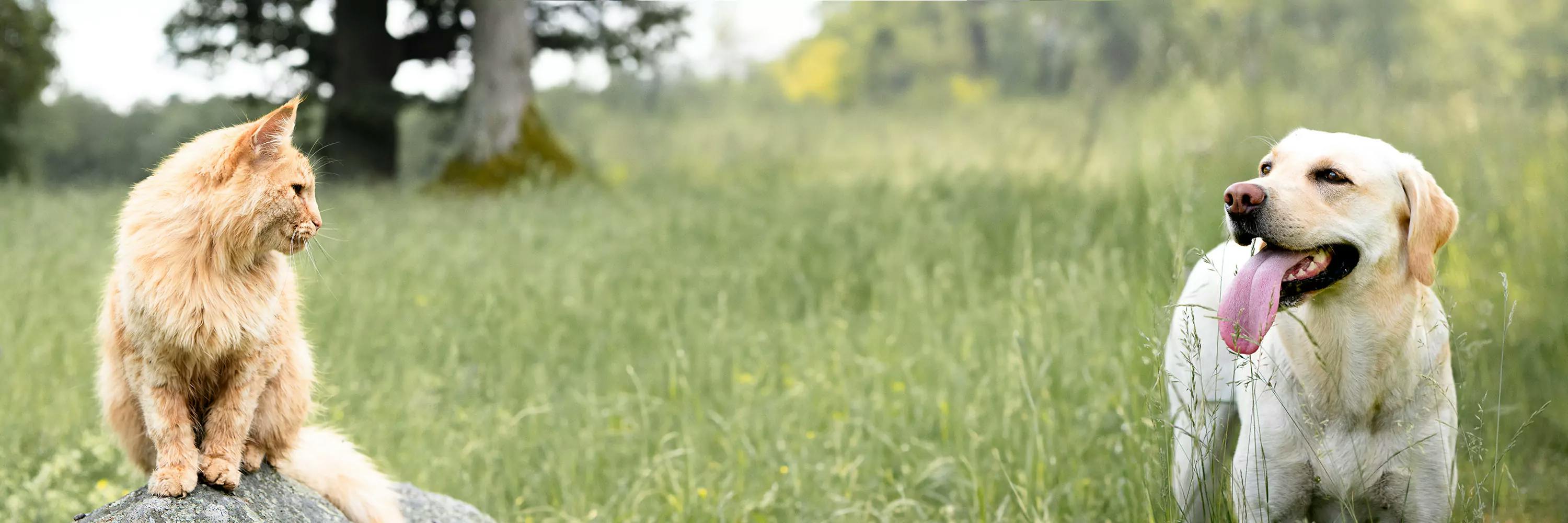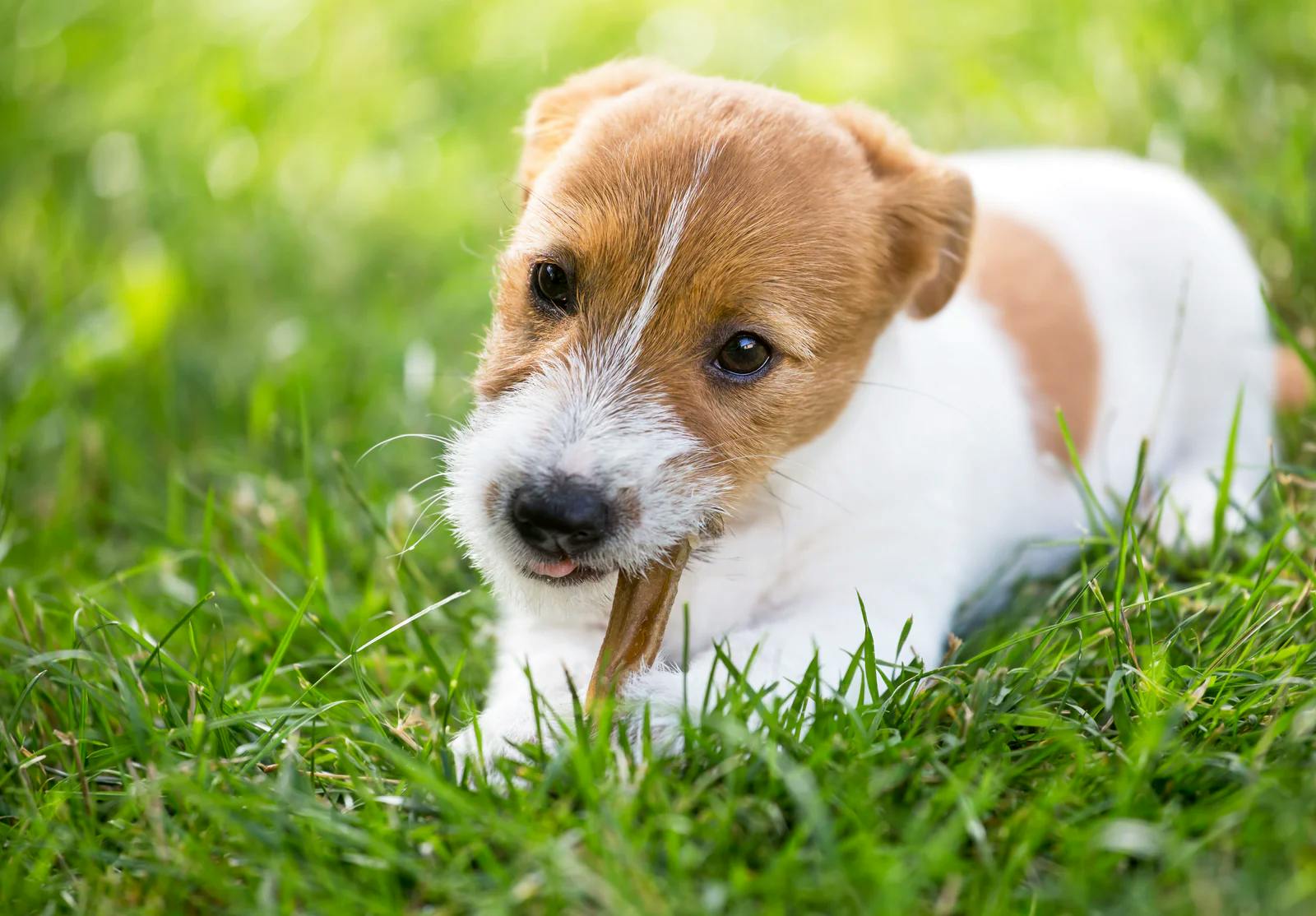Active location:
Select your country:

How many teeth does a dog have?
A full set of teeth in an adult dog consists of 42 teeth - 20 in the upper jaw and 22 in the lower jaw. Even so, it is not entirely unusual for the dog to have fewer teeth than that. It may have lacked the predisposition for certain teeth from birth, or lost some due to parodontitis. But what can be done to keep the dog's teeth healthy as long as possible?
How many teeth does a puppy have?
When the puppy is born, it has no teeth, but at about 3 weeks of age, the baby teeth break through. The puppy has a total of 28 milk teeth. All the milk teeth have usually appeared before the puppy is 8 weeks old, and in other words, it has all its milk teeth out when it has arrived home to its new owner.
Between approximately 4-7 months of age, the milk teeth are replaced by permanent ones.
Do all breeds have the same number of teeth?
A dog should normally have 42 teeth when it is an adult. However, it is not unusual for an adult dog to have fewer than that - especially dogs of small or brachycephalic breeds may be missing some teeth. Their mouths are simply too small to accommodate all the teeth, and the predisposition for these teeth is lacking. Normally, having a couple of teeth less does not cause problems for the dog. If you are unsure whether your dog's teeth or mouth look normal, you can always consult your veterinarian.
How do you take care of your dog's teeth?
Taking care of your dog's teeth is important to prevent tooth loss, or parodontitis. Parodontitis is due to an inflammation of the gums caused by bacteria from plaque and tartar. The inflammation causes the tissues and bones that hold the tooth in place to break down, and the tooth loosens, just as the name suggests. The most effective way to slow down the process is through tooth brushing. Dental sticks can complement the dental care routine and help keep the gums healthy.
There can be many questions about the dog's teeth, so our licensed veterinary nurse Karin has participated in a film with Jenny from Hundprat.se where we talk more about dental health, why it is important to brush the teeth and how to start training it with your dog!
Mentioned products









